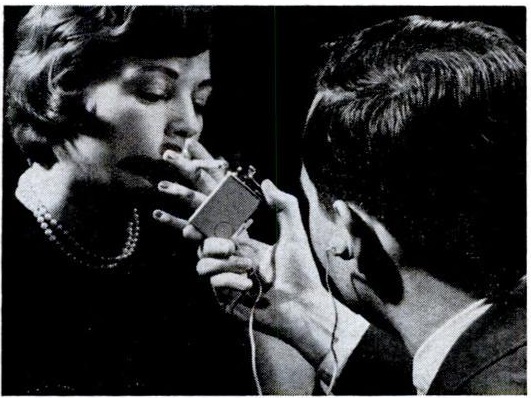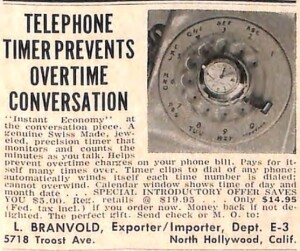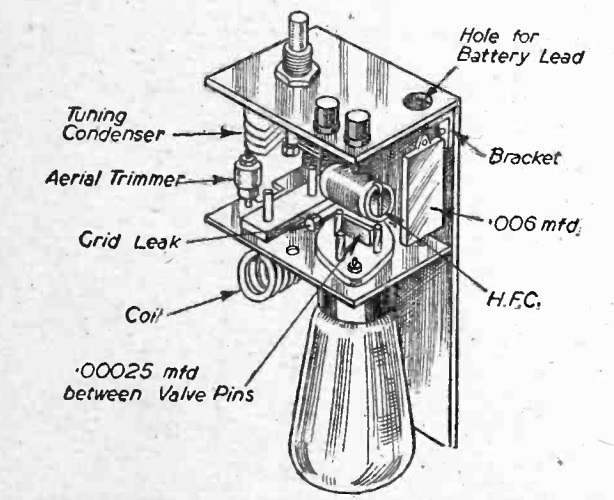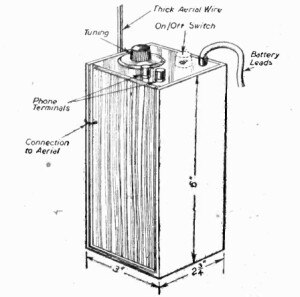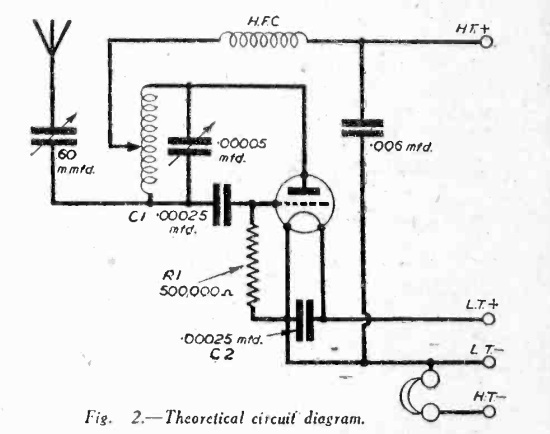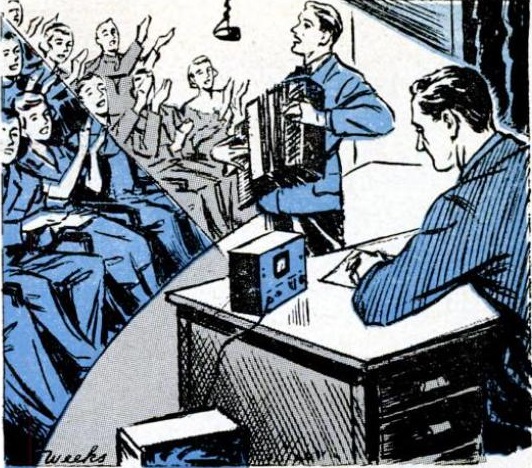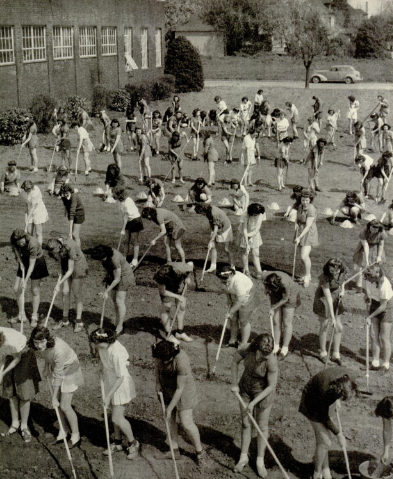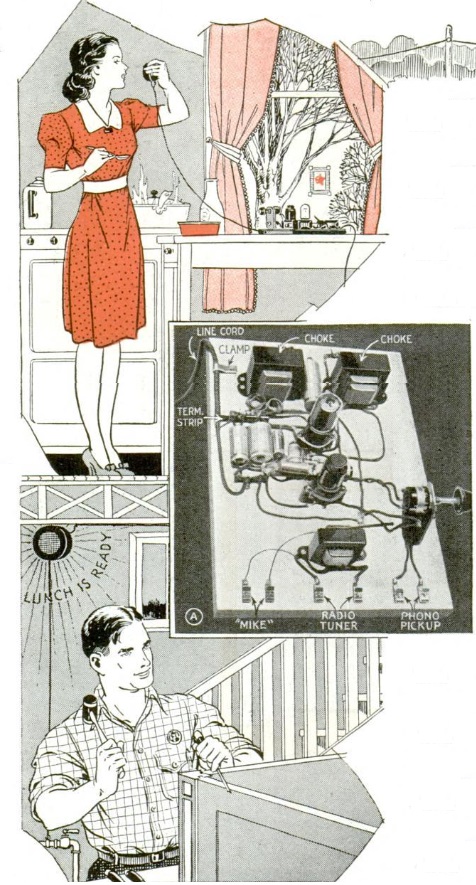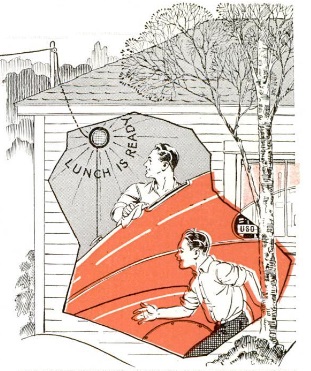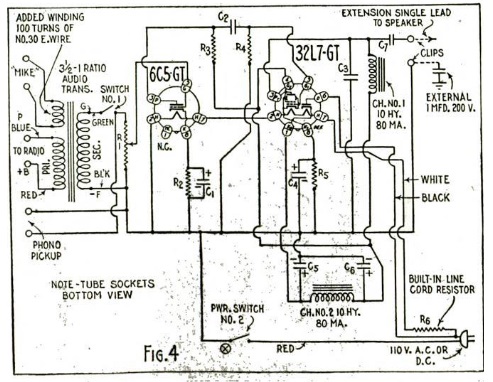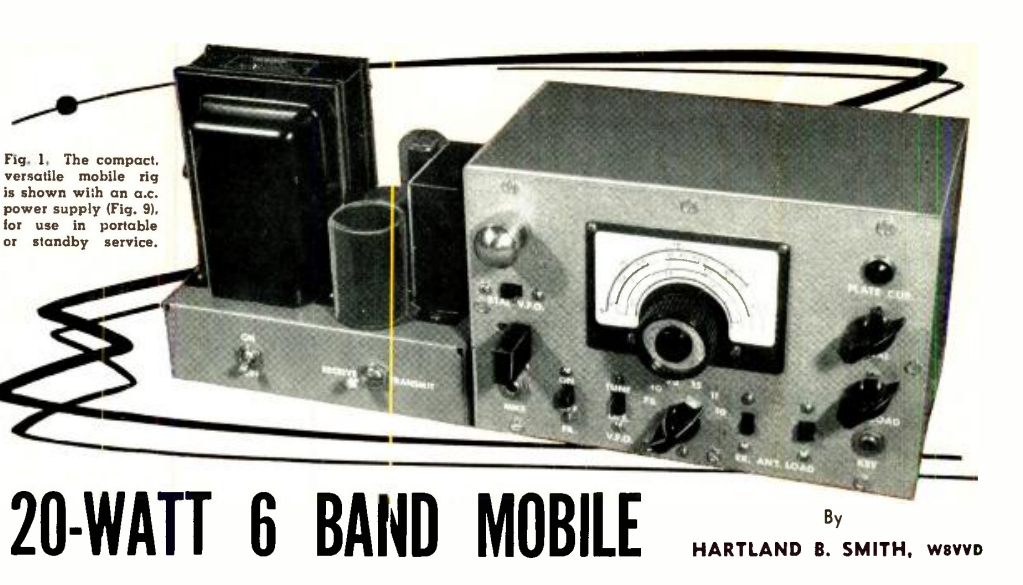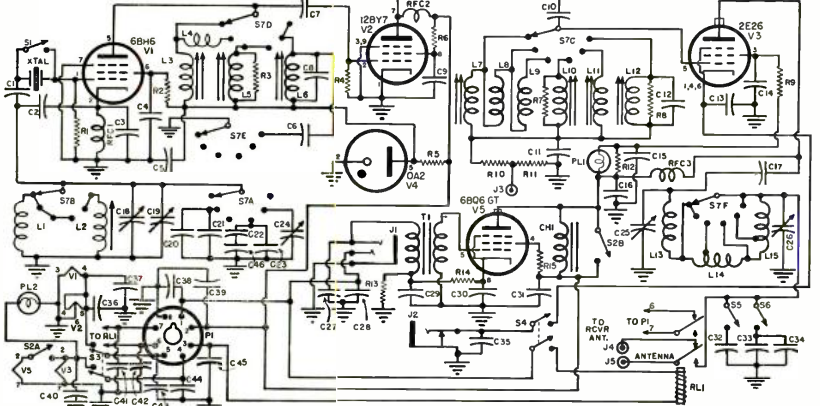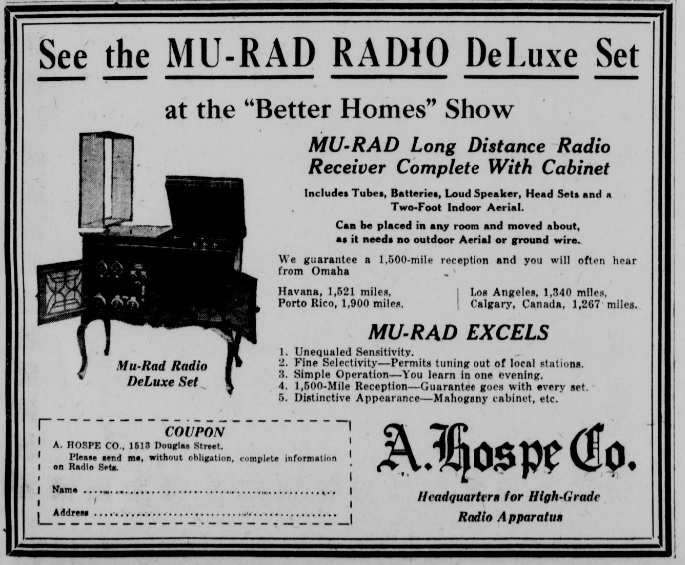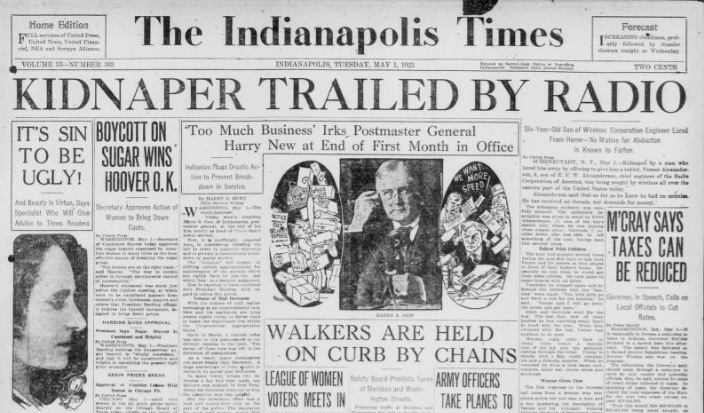 A hundred years ago today, May 1, 1923, many American newspapers carried a headline like this one from the Indianapolis Times, about the kidnapping of seven-year-old Verner Alexanderson of Schenectady, NY. Verner was the son of radio engineer Ernst F.W. Alexanderson, who was then employed by General Electric.
A hundred years ago today, May 1, 1923, many American newspapers carried a headline like this one from the Indianapolis Times, about the kidnapping of seven-year-old Verner Alexanderson of Schenectady, NY. Verner was the son of radio engineer Ernst F.W. Alexanderson, who was then employed by General Electric.
Police had a good description of the kidnapper, thanks to Verner’s eleven-year-old sister Edith. The kidnapper promised to give Verner a rabbit, and asked the sisters to go fetch a box for them while he took Verner to get the bunny. Of course, it was all a ruse, and Verner was whisked away.
But this criminal was the first to learn that while you can outrun the police, you can’t outrun the radio. Thanks to the father’s position, he was able to quickly broadcast a description of the suspect on WGY, and probably other stations. Thousands, or perhaps millions, of listeners were on the lookout, and police received many leads. He was rescued unharmed near Watertown, NY, a few days later.
Verner was, however, a strong negotiator. His kidnappers had a dog, and before consenting to be released, Verner demanded that he be given the dog, which became his pet, presumably a better one than the promised rabbit. The kidnappers were said to have escaped to Canada, although the woman with whom Verner was found was presumably involved, and was taken into custody. The two kidnappers were ultimately apprehended and served prison sentences. You can see a press photo of Verner, his new dog, and the woman in whose cabin he was found at this eBay listing.
The elder Alexanderson is most famous for the Alexanderson Alternator transmitter, the most famous of which is still intact and fired up once a year by SAQ in Grimeton, Sweden.
Verner went on to be issued a number of patents. He died in 1999.
And if you’re wondering about the headline at the left, that is announcing the paper’s new beauty reporter.
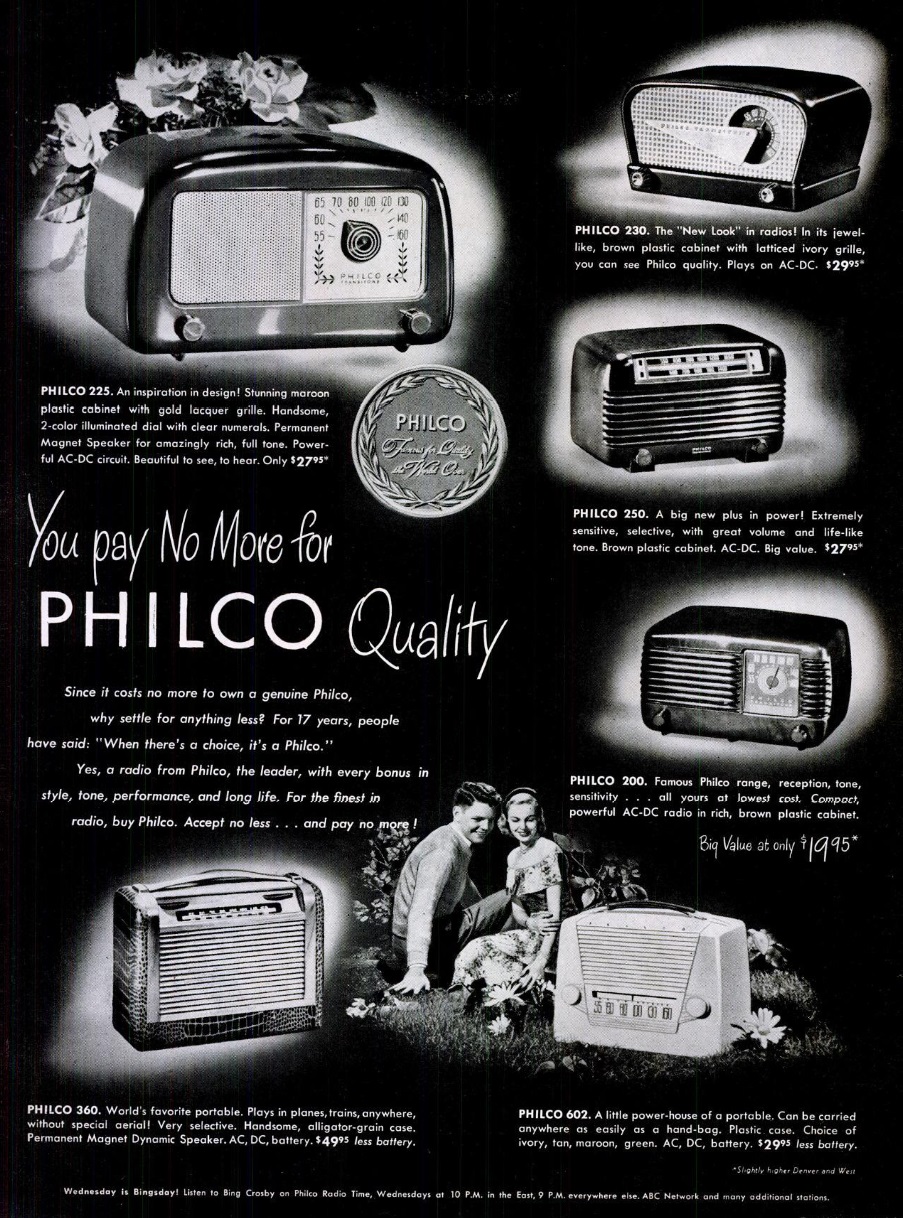 Seventy-five years ago today, the May 10, 1948 issue of Life magazine showed Philco’s lineup of radios. Offerings started with the model 200 for $19.95 and models 250 and 225 for $27.95. At the top of the line was the model 230 “flying wedge” for $29.95.
Seventy-five years ago today, the May 10, 1948 issue of Life magazine showed Philco’s lineup of radios. Offerings started with the model 200 for $19.95 and models 250 and 225 for $27.95. At the top of the line was the model 230 “flying wedge” for $29.95.
